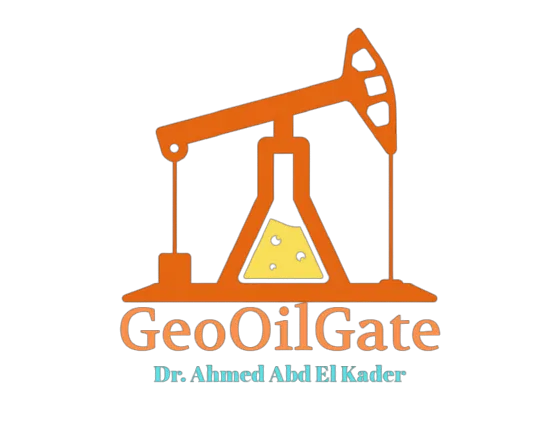Managed Pressure Drilling (MPD) is an adaptive drilling process used to precisely control the annular pressure profile throughout the wellbore. The objectives are to ascertain the downhole pressure environment limits and to manage the annular hydraulic pressure profile accordingly. The intention of MPD is to avoid the continuous influx of formation fluids to the surface. Any influx incidental to the operation will be safely contained using an appropriate process. Any influx incidental to the operation will be safely contained using an appropriate process.
Advantages of Managed Pressure Drilling:
Managed Pressure Drilling allows more accurate bottom hole pressure control, resulting in fewer pressure fluctuations and it allows better control of the well.
The use of Managed Pressure Drilling techniques can enable wells to be drilled whilst minimizing losses and kicks and possibly avoiding setting additional casing strings.
The field of wellbore pressure management has broad applications in the drilling industry and provides solutions to problems in:
– Extending casing points to limit the total number of casing strings and subsequent hole size-reduction
– Limiting the NPT (Non-Productive Time) associated with a differentially stuck pipe
– Avoiding the lost circulation – well kick sequence
– Limiting lost circulation
– Drilling with total lost returns
– Increasing the rate of penetration (ROP)
– Deepwater drilling with lost circulation and water flows.

